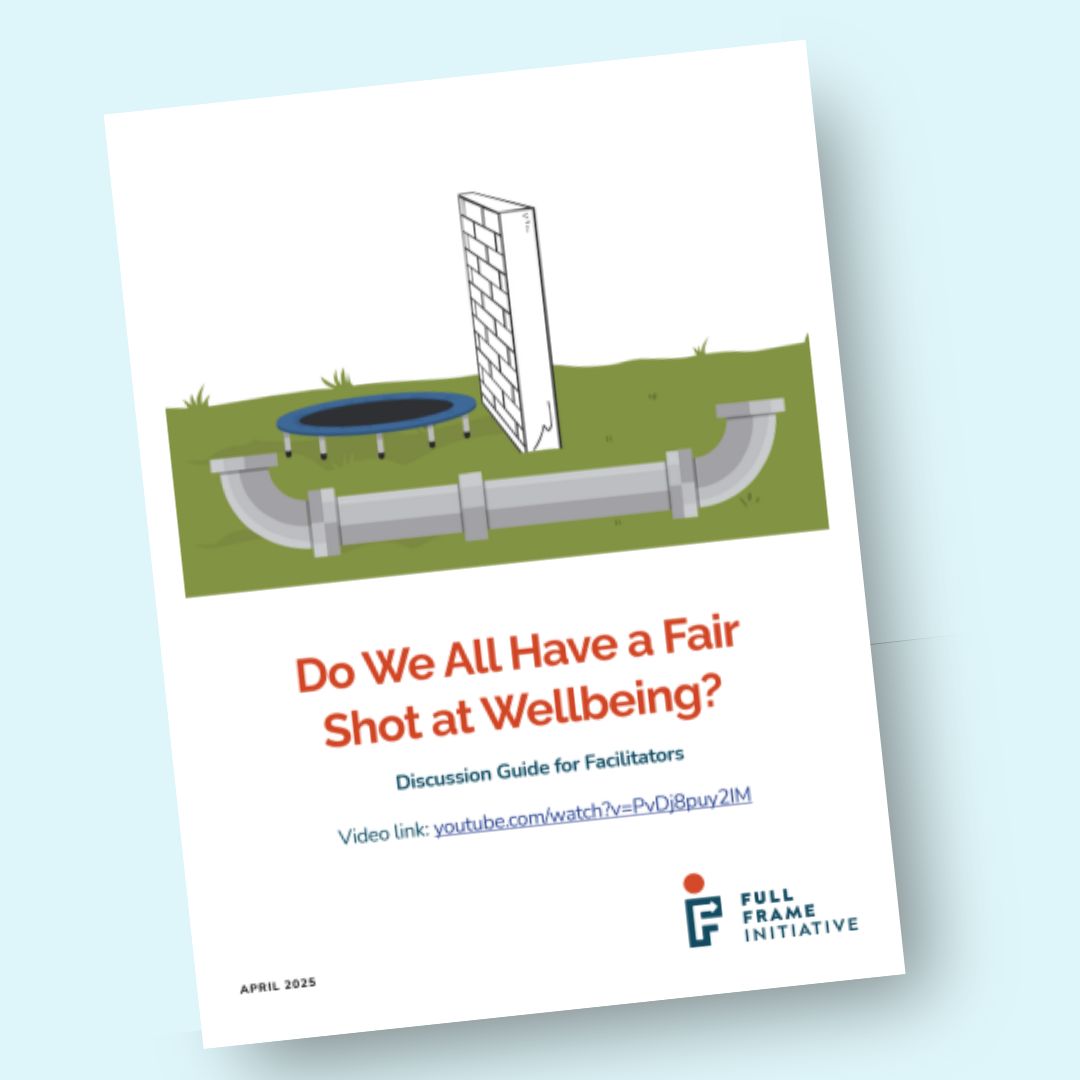
This discussion guide accompanies the video of the same name that introduces a powerful visual analogy for the systems that lead to unequal access to wellbeing.

This resource is a collection of examples that connects behaviors with the Five Domains of Wellbeing and explains how the same underlying behavior can be connected to a different domain.
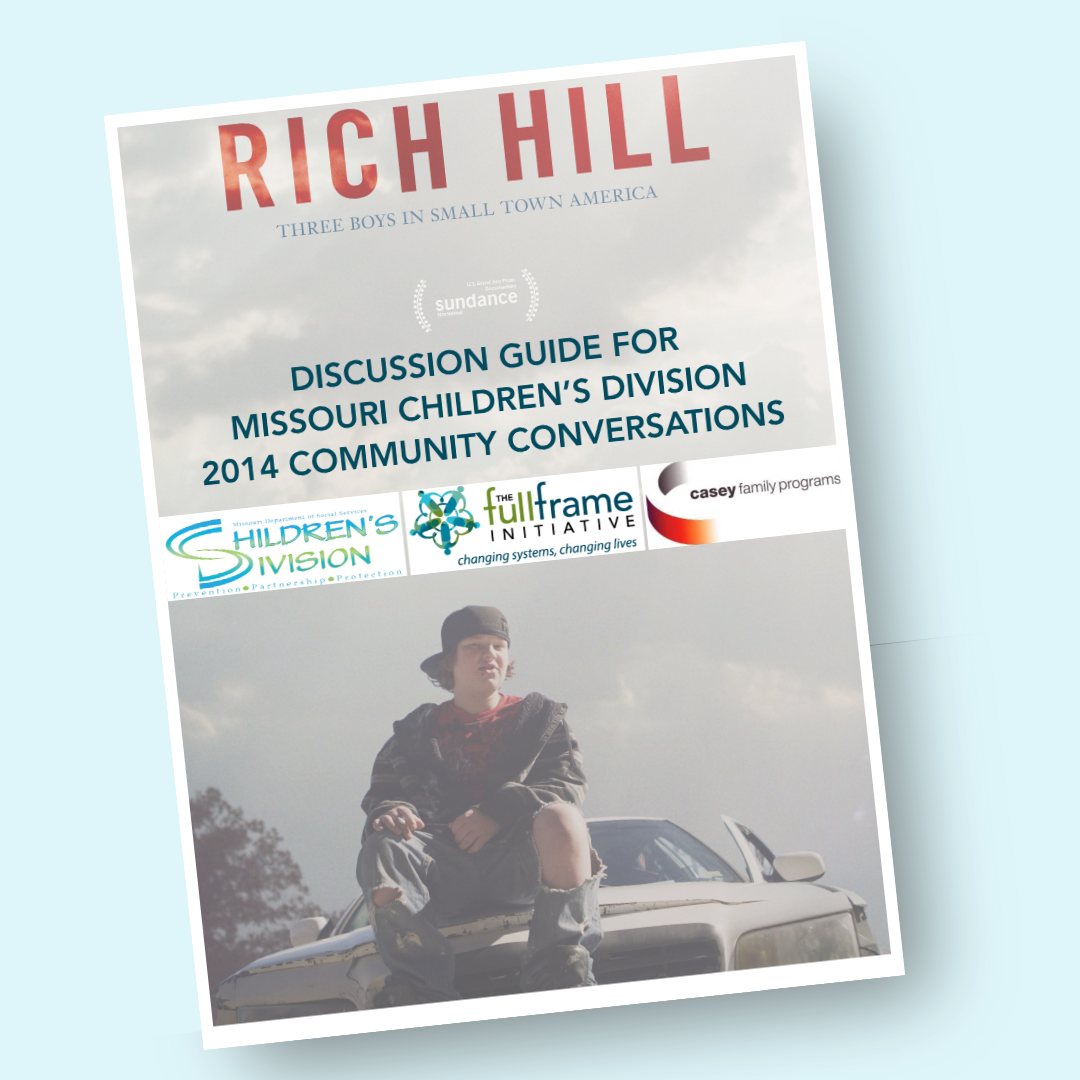
Rich Hill is a documentary film that tells the story of young boys in Missouri experiencing poverty.

These workbooks (one for adults, one for teens and one for kids) are designed to help people identify what's working, and what's getting in the way of their journey toward wellbeing.
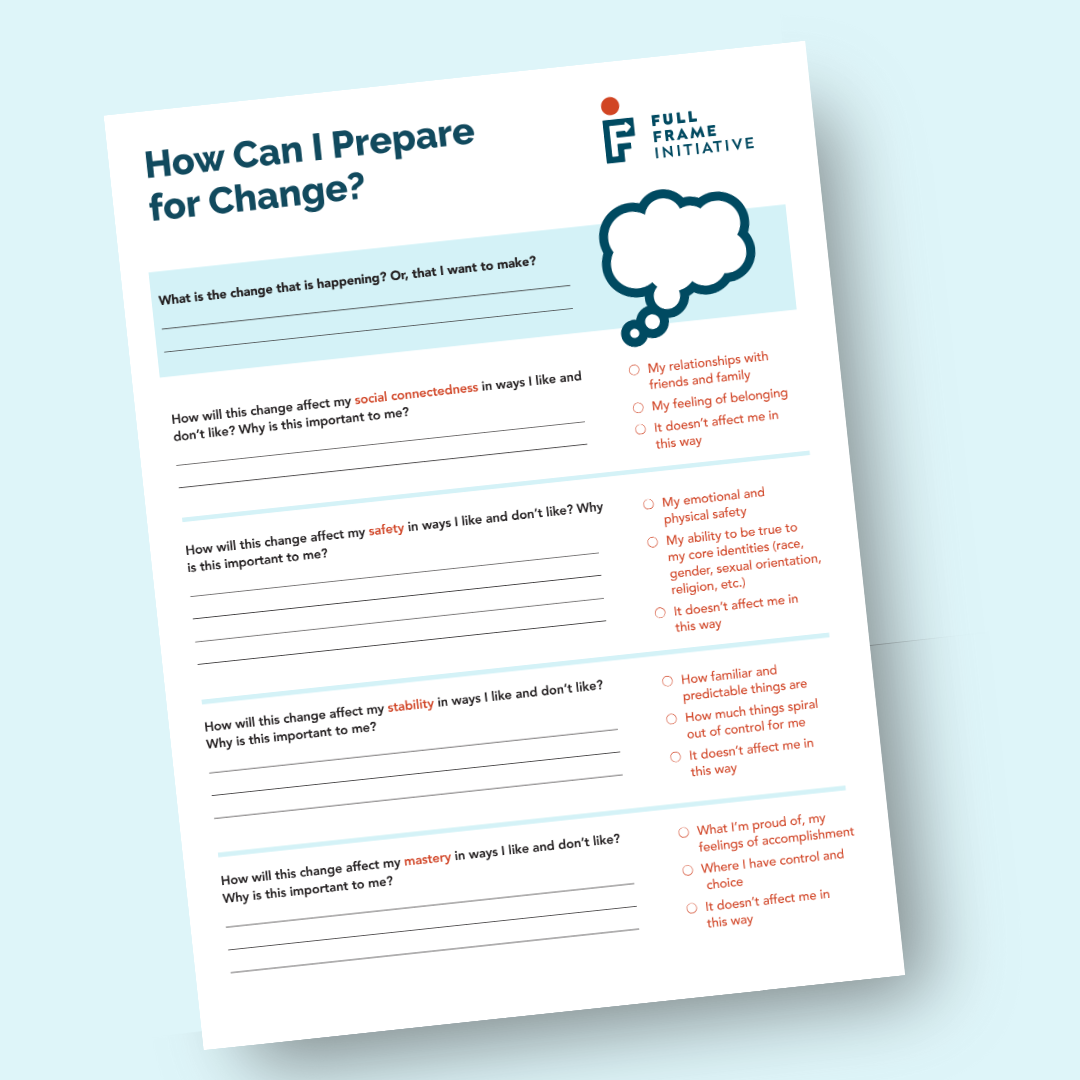
This resource helps individuals think through how they can prepare for change and anticipate the tradeoffs that come along with making a change or decision.
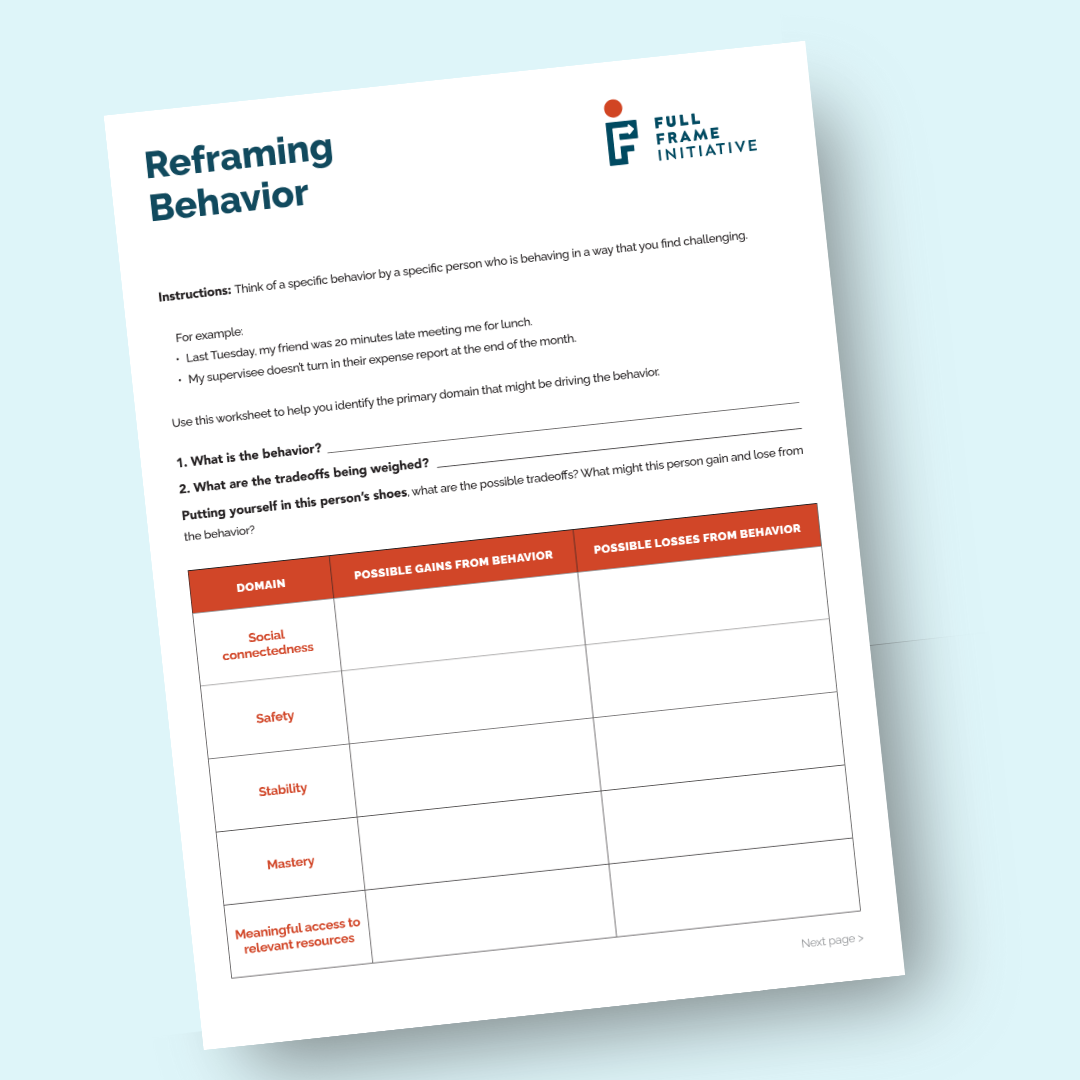
This resource is a worksheet that you can use to reframe the behaviors of anyone (friends, family, coworkers, clients, patients, etc.
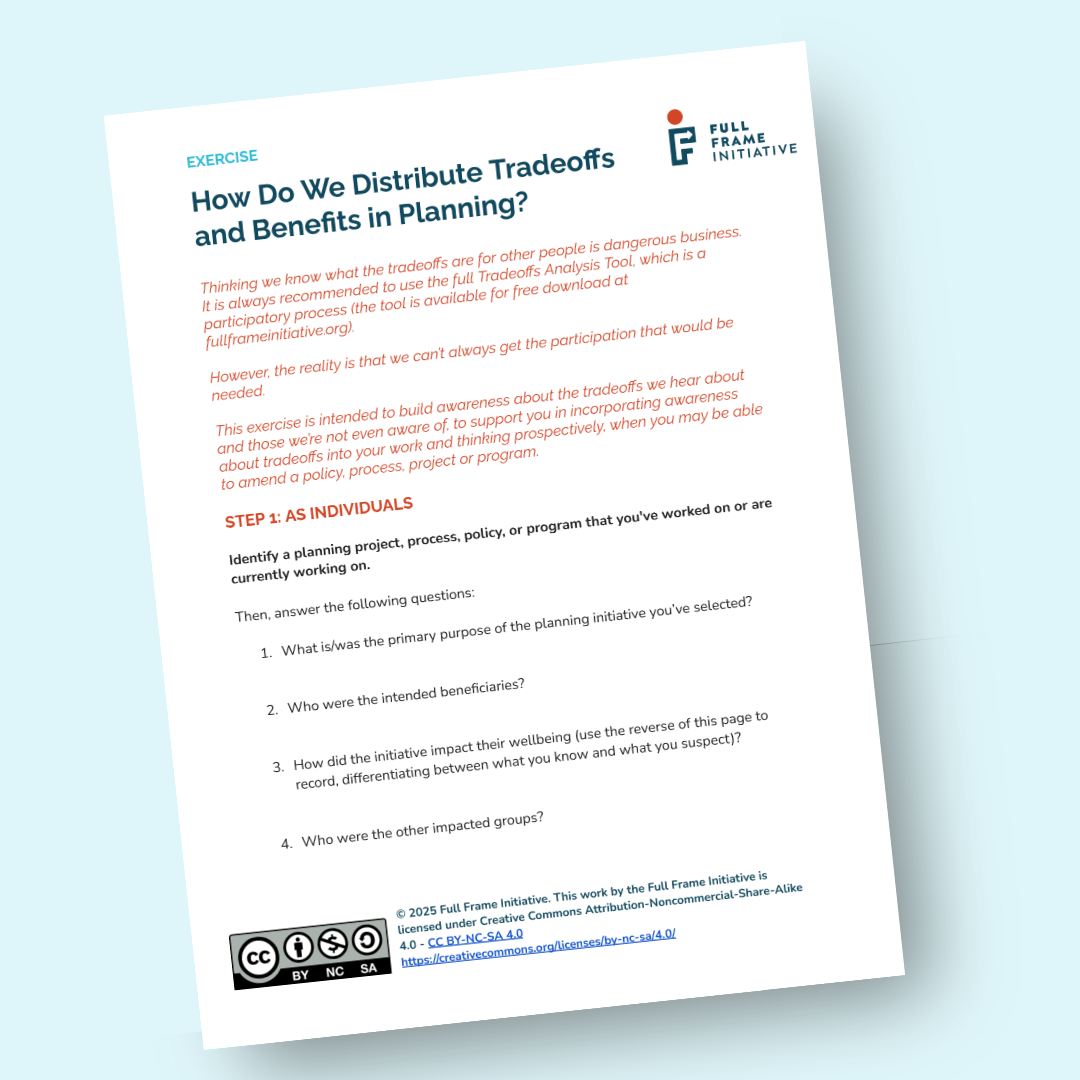
This exercise helps planners and those working in the built environment examine a project under way and consider the tradeoffs to better support individual and community wellbeing.
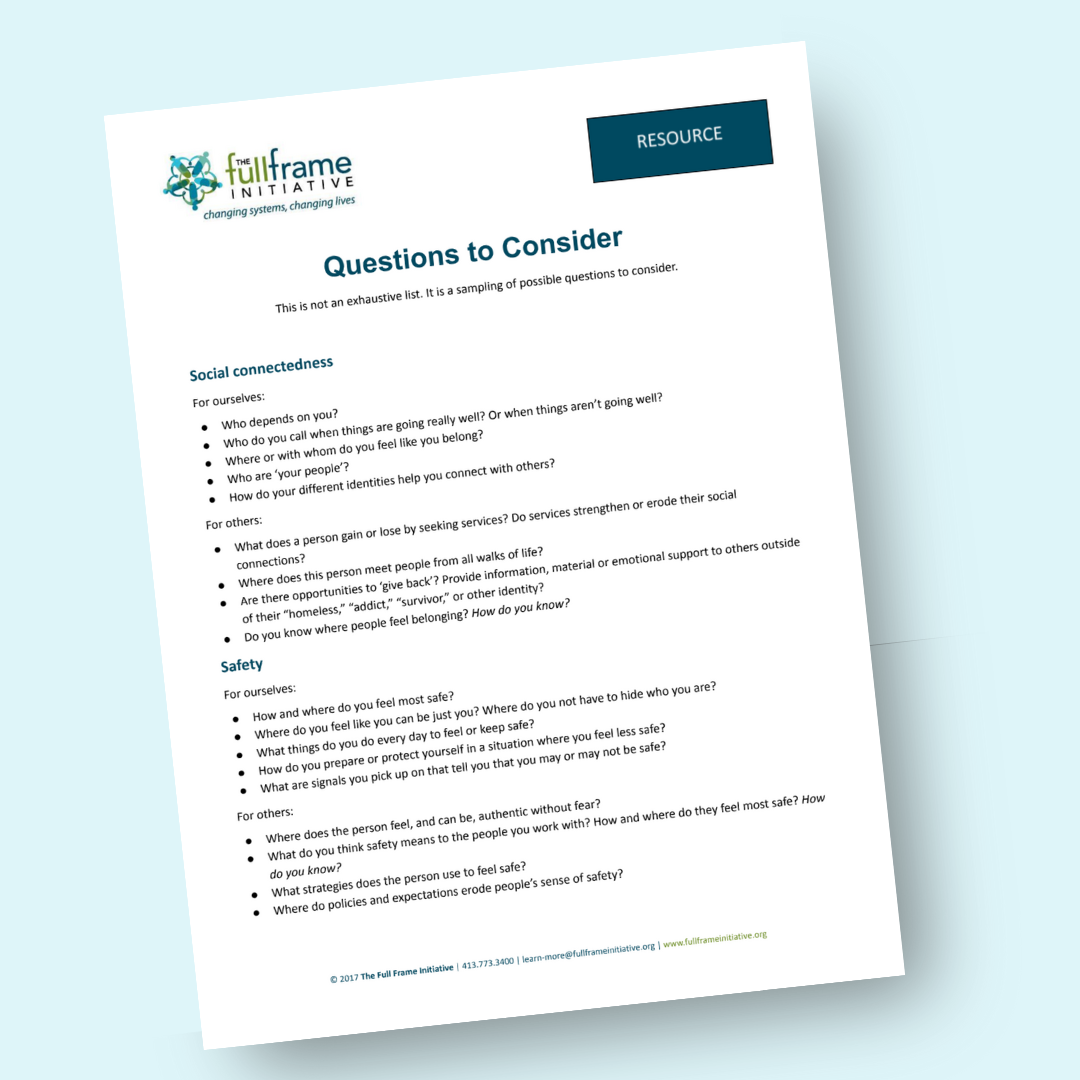
This list of questions for each of the Five Domains of Wellbeing is a starting point for individuals to understand themselves and what supports the wellbeing of others.

This resource is based on a 12-month cohort focused on narrative change to improve practice for older youth who have experienced foster care.

These guiding questions can help you to identify the assumptions that are driving narratives in your systems.
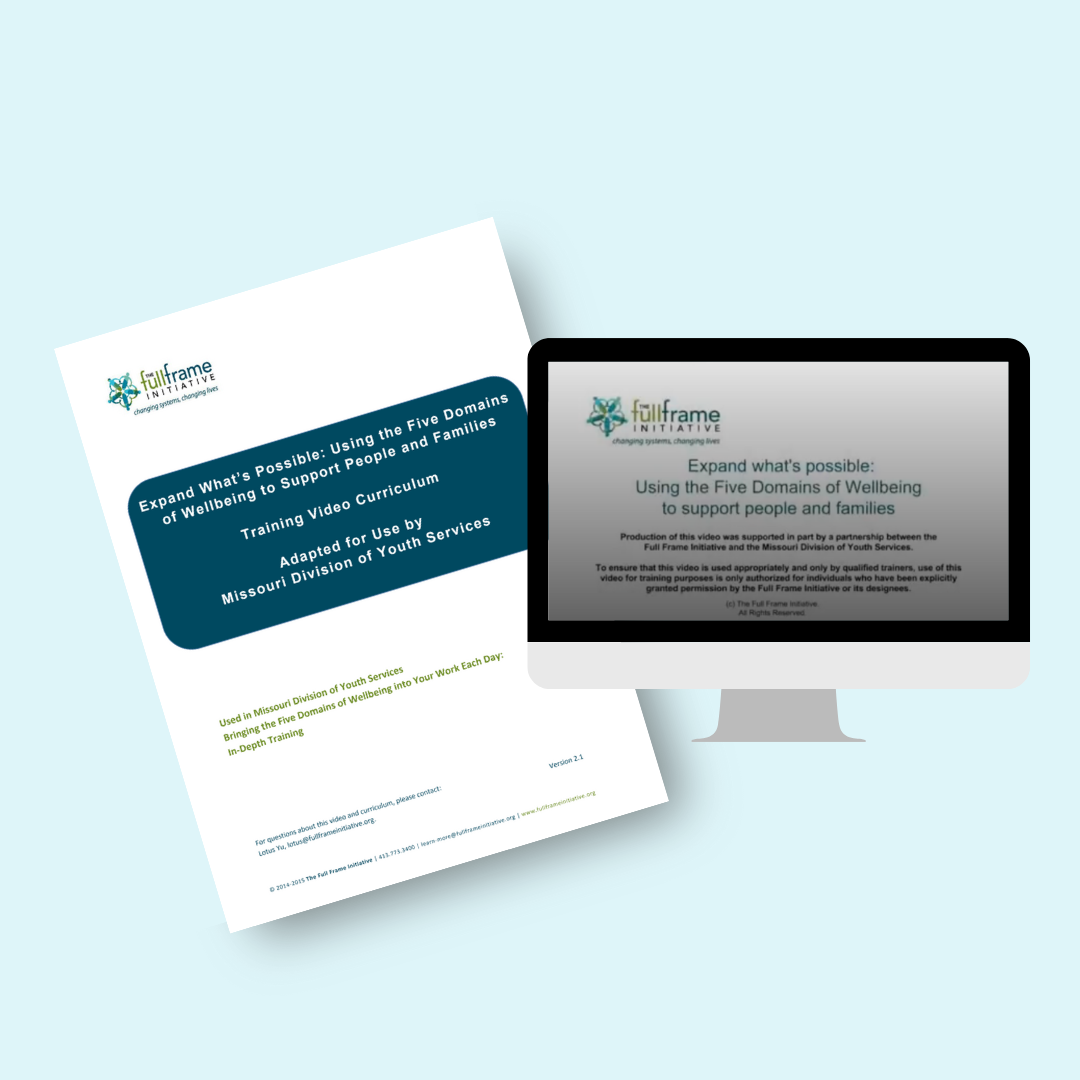
This video serves as a training on how to use a wellbeing orientation for work with youth.

This exercise acknowledges that each individual holds multiple identities and roles and often our systems push us into just one.